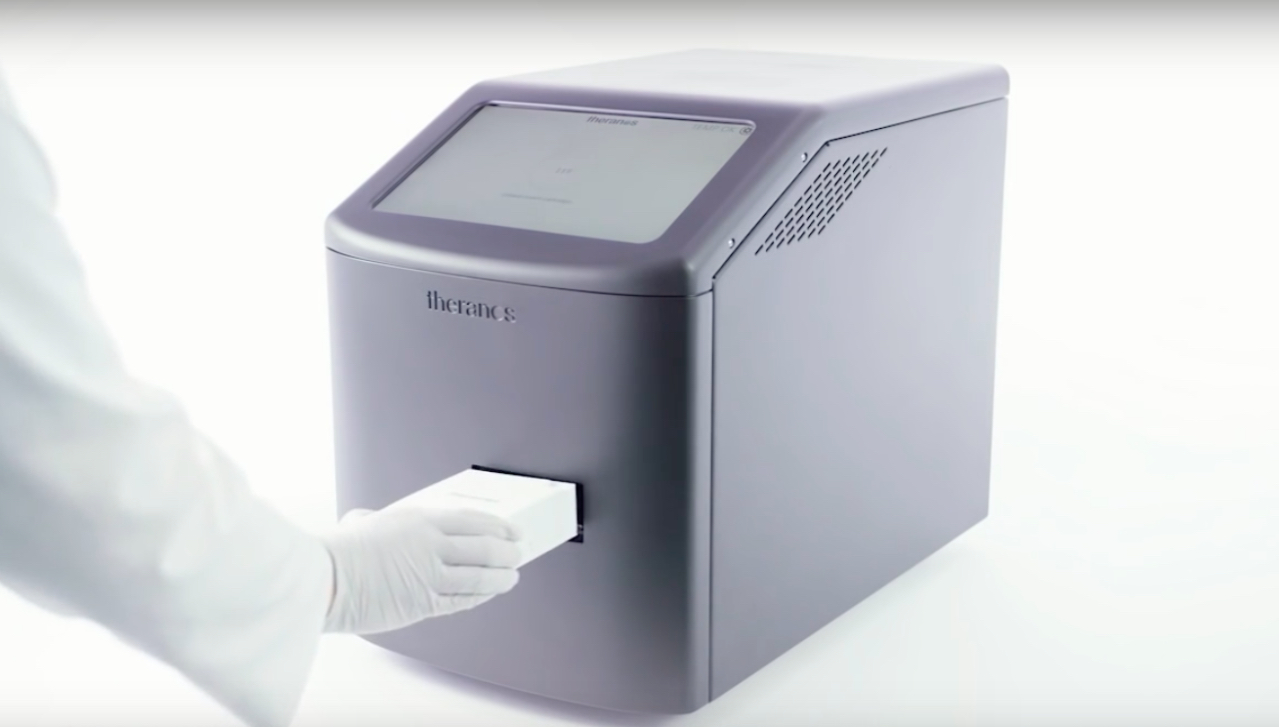Manufacturing firms are always looking to lower their overall production costs. Especially now that we’re in the middle of a global economic recession, companies strive to minimize their expenses and maximize their cash reserves.
One of the solutions that can help cut your production costs is reaction injection molding or RIM. Compared to the standard or thermoplastic injection molding, RIM is a more economical plastic manufacturing method. It offers plenty of cost benefits, helping manufacturing firms save on assembly expenditures.
What is Reaction Injection Molding?
RIM uses thermoset polyurethane liquid chemicals instead of standard thermoplastic resin pellets. The process starts by mixing two base polymers, causing a chemical reaction that thickens and expands the polymers. The polymers are then injected into the mold, where they are heated until they harden.
The polymers used in RIM have a lower viscosity than the ones used in standard plastic injection molding. It’s easy to achieve your desired density, weight, thickness, and hardness with RIM.
Here are some of the cost benefits you get with reaction injection molding.
1. Lower Machine Costs
RIM features low injection pressures and low processing temperatures, unlike the more intensive plastic injection molding process. The mold also requires less clamping force to form the thermoset plastic materials. There’s little need for external force or pressure in RIM since the polymers used rely on chemical reactions and low processing pressures.
For these reasons, RIM has more economical processing machines than other manufacturing processes of plastic parts. Plastic injection molding, for example, needs high-grade steel machinery to support high pressure and temperature.
2. Lower Tooling Costs
RIM also offers lower tooling costs. The thermoset polymers expand on their own exerting less stress on the machined aluminum tools. These are more affordable than the high-grade steel tooling required in thermoplastic injection molding.
RIM tooling experiences little or no wear because of the non-viscous chemicals used to produce parts. Therefore, tool maintenance, if any, is minimal thereby eliminating or significantly reducing mold maintenance costs over the life of a project.
Because it uses low-cost tooling, RIM significantly reduces capital costs associated with new projects and is ideal for large productions that require a large number of molds.
3. Shorter Lead Times
Lead time is an important consideration in manufacturing. The shorter your build cycle, the quicker you can get your product to the market. Because aluminum machines faster than steel, RIM tools require shorter lead times than injection molding tools, which saves you money and time.
You can enjoy shorter tooling lead times with reaction injection molding. The typical build cycle of complex molds is four to six weeks.
4. Lower Finishing Costs
Finally, RIM allows in-mold painting. You can produce aesthetically pleasing finishes, such as high or low glosses or color variety. In-mold painting saves you time, manpower, and even production floor space during the finishing process. It can also reduce the costs that usually come with secondary finishing.
Cost-Efficient Reaction Injection Molding Processes
RIM Manufacturing specializes in custom reaction injection molding. ISO 9001:2015 and 13485:2016-certified, we’re one of the largest and most trusted independently owned manufacturing plants in the country. We help our clients optimize reaction injection molding processes unique for their business needs and goals.

